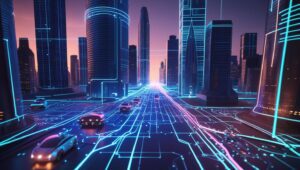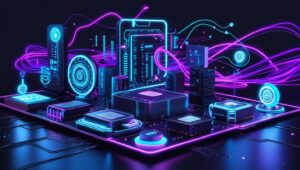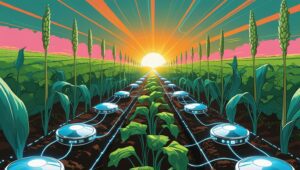IoT Sensors Fuel Efficient Urban Mobility Now
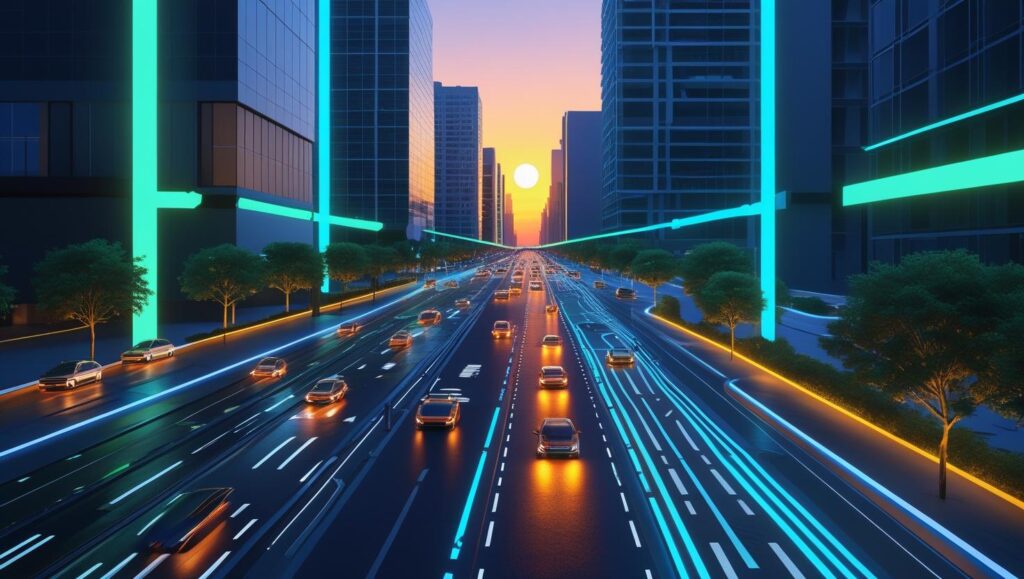
Traffic jams are a daily headache for city drivers. Hours wasted in gridlock, rising fuel costs, and air pollution make urban travel a challenge. But what if technology could fix this? IoT Sensors are changing how cities manage traffic, making roads smoother and greener. These tiny devices collect data and help cities run better. Let’s explore how IoT Sensors are transforming urban mobility and why they matter to you.
What Are IoT Sensors and How Do They Work?
IoT Sensors are small devices that collect and share data over the internet. In traffic systems, they’re placed on roads, traffic lights, or even vehicles. They track things like car speed, traffic volume, or road conditions. This data helps cities make smart decisions fast.
For example, a sensor at an intersection can count cars and adjust traffic lights to reduce waiting. Another sensor might detect a traffic jam and suggest a new route. By working together, IoT Sensors create a network that keeps traffic flowing smoothly.
How IoT Sensors Talk to Each Other
These sensors use technologies like 5G or Wi-Fi to send data instantly. Some use low-power networks to save energy, perfect for remote areas. The data goes to a central system or nearby computers for quick processing. This teamwork makes traffic systems smarter and faster.
Why IoT Sensors Make Cities Move Better
IoT Sensors are game-changers for urban mobility. They solve real problems that drivers face every day. Here’s how they help:
- Less Congestion: Sensors spot heavy traffic and adjust signals to keep cars moving.
- Faster Travel: Real-time data cuts down wait times at lights or in jams.
- Safer Roads: Sensors detect accidents or hazards and warn drivers quickly.
- Greener Cities: Less idling means lower fuel use and cleaner air.
A city using IoT Sensors can save drivers hours each week. Imagine getting to work or school without the stress of a traffic jam!
Real-Life Examples of IoT Sensors in Action
Cities worldwide are already using IoT Sensors. In Singapore, sensors at intersections cut travel times by 15% during rush hour. They adjust lights based on real-time traffic data. In Copenhagen, IoT Sensors help reduce CO2 emissions by keeping traffic flowing smoothly. These examples show how IoT Sensors make a big difference.
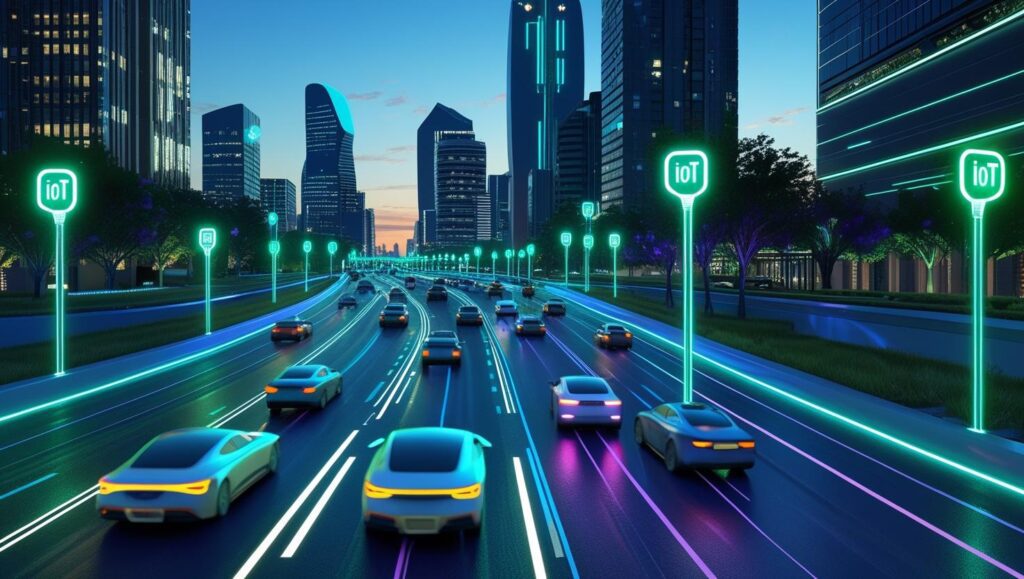
Challenges of Using IoT Sensors in Traffic Systems
While IoT Sensors are powerful, they’re not perfect. Setting them up can be tricky, and there are a few hurdles to overcome.
Cost and Installation
Installing IoT Sensors across a city costs money. Sensors, networks, and maintenance add up. Smaller cities might struggle to afford them. Finding ways to make sensors cheaper is a big focus for researchers.
Keeping Data Safe
IoT Sensors collect tons of data, like where cars are or how fast they’re going. This raises privacy concerns. What if someone hacks the system? Cities need strong security to protect this data and keep drivers safe.
Working Together
Not all IoT Sensors are made by the same company. Getting them to work together can be hard. If sensors don’t “talk” properly, the system won’t work as well. Standard rules for sensors could fix this.
What’s Next for IoT Sensors in Urban Mobility?
The future of IoT Sensors is exciting. They’re getting smarter with help from artificial intelligence. AI can predict traffic patterns and make systems even better. For example, sensors could learn when rush hour starts and adjust lights before congestion hits.
Self-driving cars will also rely on IoT Sensors. These cars need real-time data to navigate safely. Sensors on roads and traffic lights will guide them, making cities safer and less crowded.
A Vision for Smarter Cities
Imagine a city where traffic flows like a river, with no jams or delays. IoT Sensors can make this real. They’re already helping cities like Toronto and Dubai build smarter traffic systems. But there’s more to learn about how to use them best.
Want to dive deeper into how IoT Sensors are shaping the future of urban mobility? Click the button below to read our full research paper and discover the latest advancements!
[Read the Full Research Paper]


